Cap Two - A Two-Headed Giant Mummy from Patagonia
In the remote and stunning region of Patagonia lies a mysterious creature known as Cap Two. This two-headed giant, a cryptid native to Argentina, first caught the attention of Spanish sailors in the 17th century.
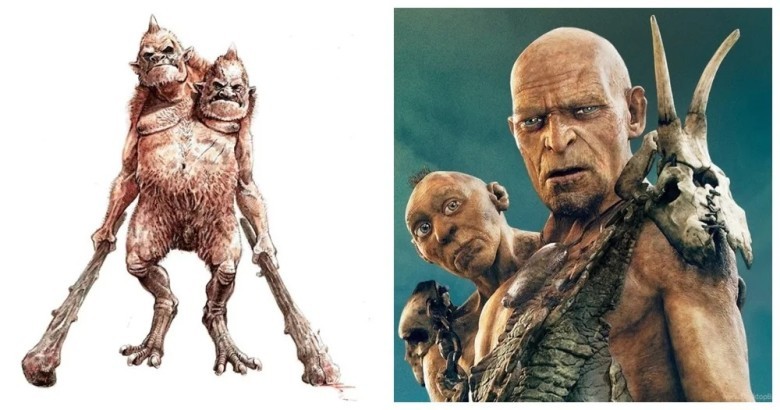
Legends surrounding Cap Two depict its capture and existence in various narratives. Rumors suggest that its mummified body was transported to England during the 19th century and exhibited in shows. However, recent research has questioned the authenticity of these claims, with many now considering it a hoax fabricated through taxidermy and effective publicity efforts.

A glimpse into the history of Cap Two reveals mentions in British publications of the 20th century, alongside earlier references from the 17th to 19th centuries. Translated from Malay, the moniker "Cap Two" signifies "two heads."
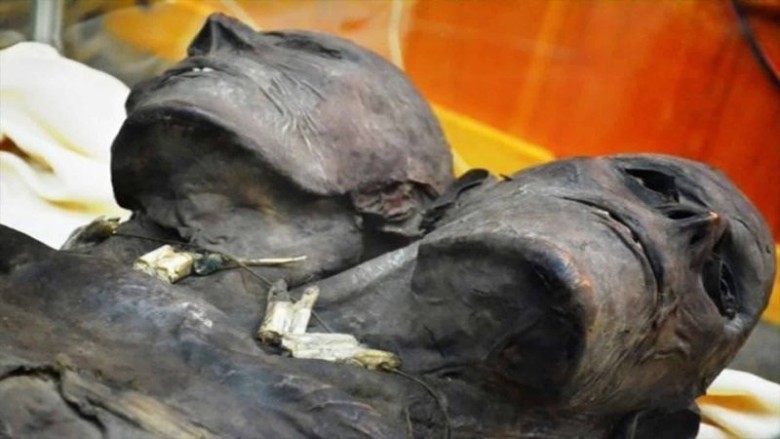
Standing at a towering 3.7 meters tall, Cap Two holds the title of the largest humanoid creature in recorded accounts. The creature's tale dates back to 1673, where Spanish sailors supposedly encountered a colossal being with two heads. The giant was subdued onboard the ship but met a tragic end in a struggle when it fatally injured four sailors before its demise.
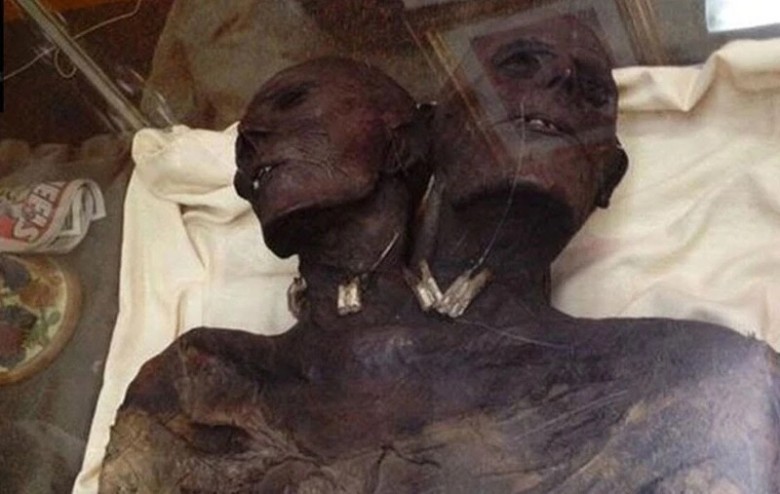
Following this event, Cap Two faded into obscurity for almost two centuries until whispers of its mummified remains surfaced. It was theorized that the mummification occurred naturally, without human intervention.
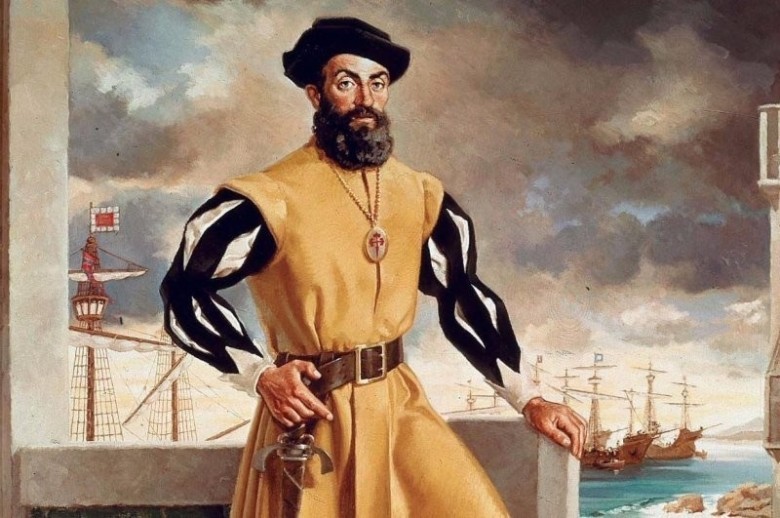
By 1900, Cap Two became a notable attraction in England's circus of horrors, later finding a home at Birnbeck Pier in Weston in 1914. For the ensuing 45 years, the two-headed giant mummy was exhibited in North Somerset before being acquired by Lord Thomas Howard in 1959, eventually changing hands.
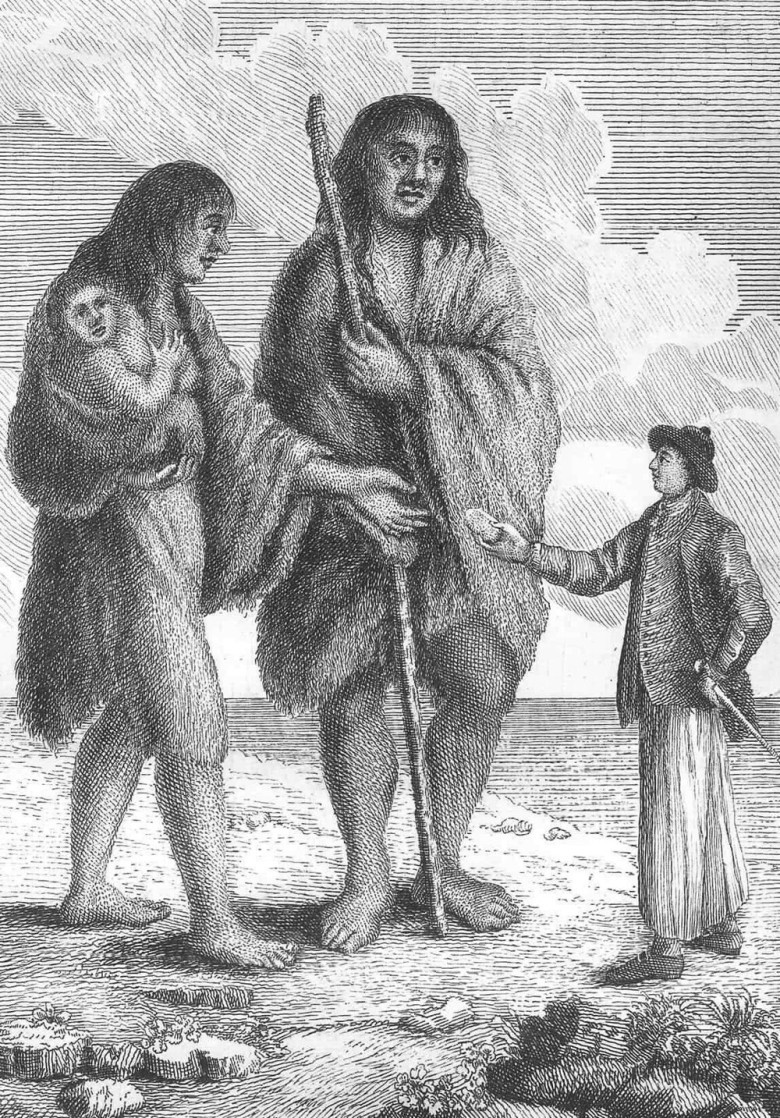
The mummified Cap Two saw a series of ownership changes until it reached Baltimore, attracting curiosity and skepticism from visitors. While many experts categorize it as a forgery, inconsistencies persist, adding an air of mystery to this peculiar relic.
Patagonians: Legends of the Giant Humanoids
The lore of the Patagonians, also known as the Patagonian Giants, speaks of humanoid giants inhabiting the regions of Argentina and Chile. These beings, said to stand twice the height of an average person, have long been intertwined with tales warning of the perils of venturing into uncharted territories.

The first documented encounter with these enigmatic figures was attributed to the Portuguese explorer Ferdinand Magellan. During his explorations of the South American coast in the 1520s, Magellan's crew reported sightings of towering giants. Antonio Pigafetta, a survivor of the expedition, chronicled an encounter with one such giant:
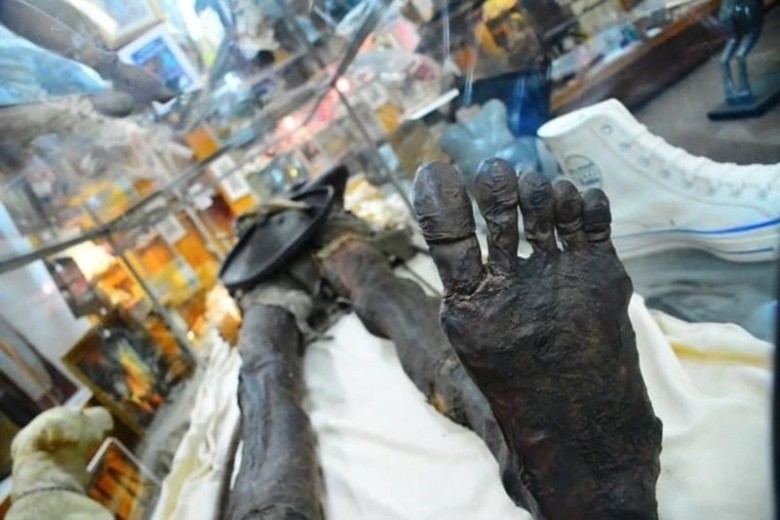
"On the shore of the port, we beheld a colossal naked man dancing, singing, and sprinkling dust on himself. Our captain sent a crew member to replicate these gestures as a gesture of goodwill. Leading the giant to the captain, the man stood in awe, indicating with a raised finger, believing us to be heaven-sent. Towering over us, he displayed a strong physique..."

Nearly a century later, Dutch captain Sebalt de Weert added credence to these accounts, citing his own sighting of giant beings along the South American coast and Falkland Islands in 1600. According to his narrative, they encountered giants with distinctive features – long hair, reddish-brown skin, and a fiercely aggressive demeanor.
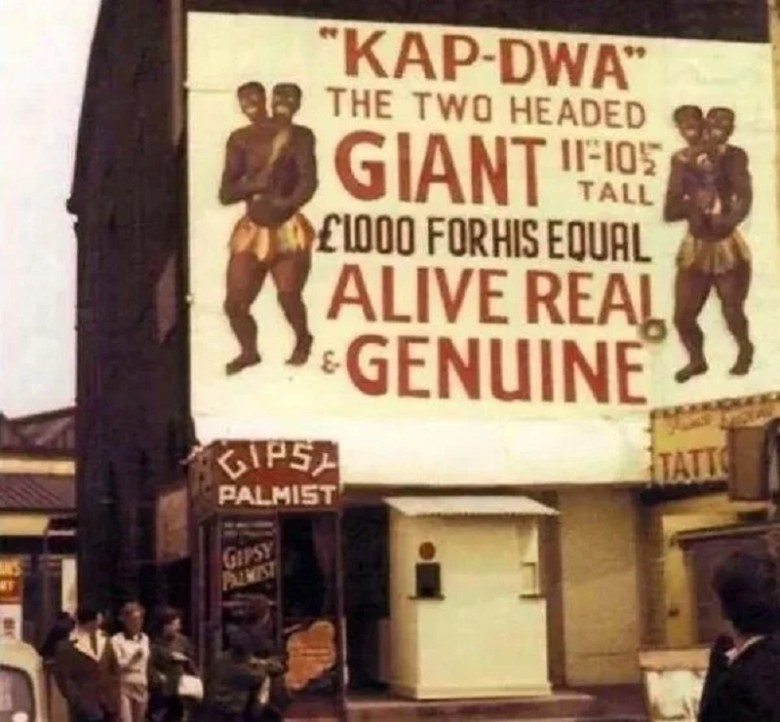
The existence of Cap Two, the two-headed giant mummy from Patagonia, remains a subject of fervent debate. While skeptics dismiss it as a cleverly crafted deception by a talented taxidermist, proponents cite testimonies asserting its authenticity. Witnesses claim the mummified body shows no obvious signs of manipulation, with past examinations through magnetic resonance imaging and radiology suggesting its genuineness.
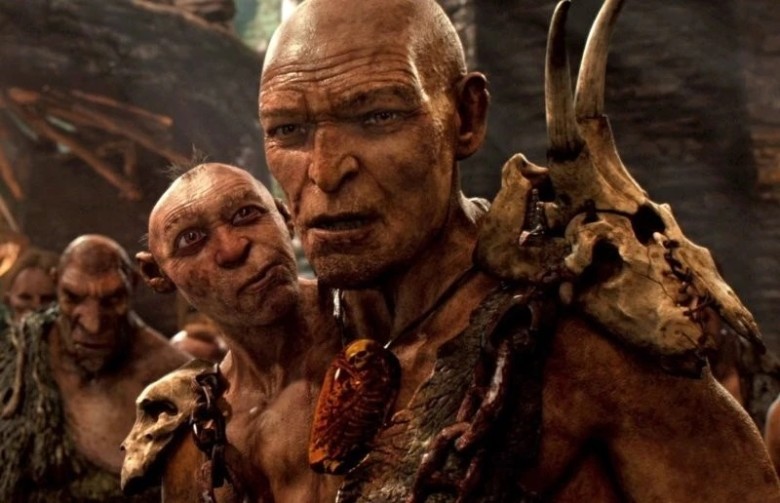
Yet, uncertainties shroud the origins of Cap Two, its history as an exhibit raising doubts about its legitimacy. The lack of extensive scientific inquiries and DNA analysis fuels skepticism, with many questioning why in-depth research and mainstream exhibition efforts have not been pursued. This ambiguity casts a shadow of doubt over the purported reality of the mummy, leaving its veracity unresolved.
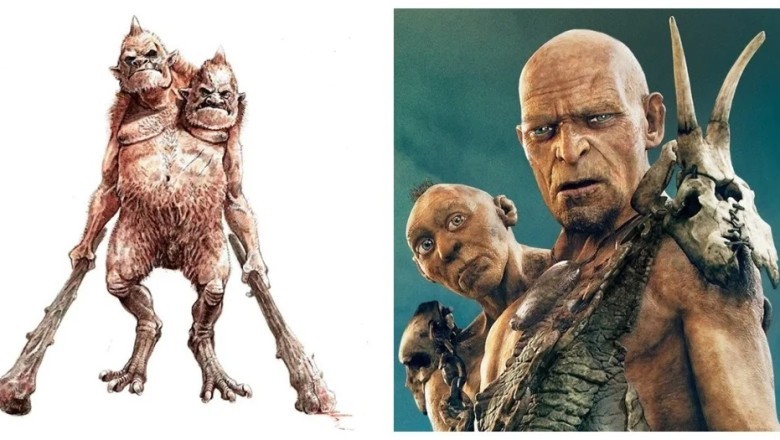





















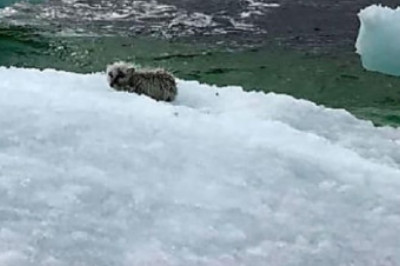
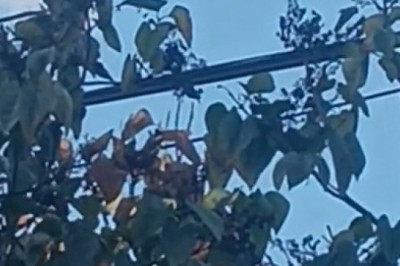


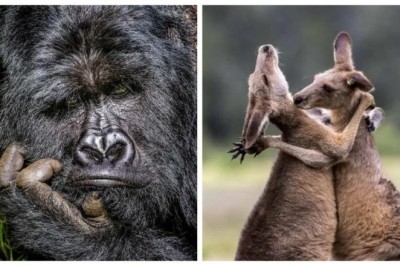




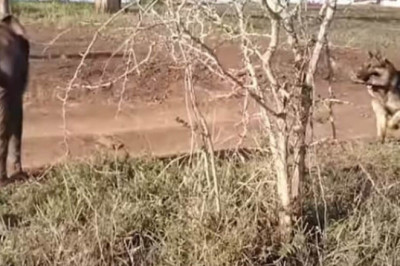
Comments
0 comment